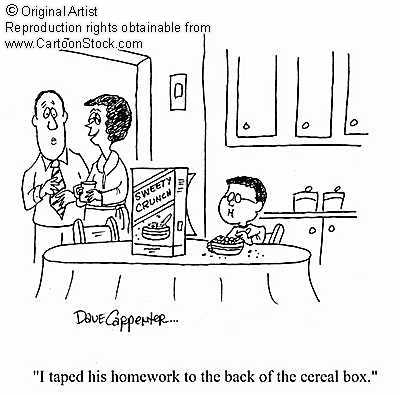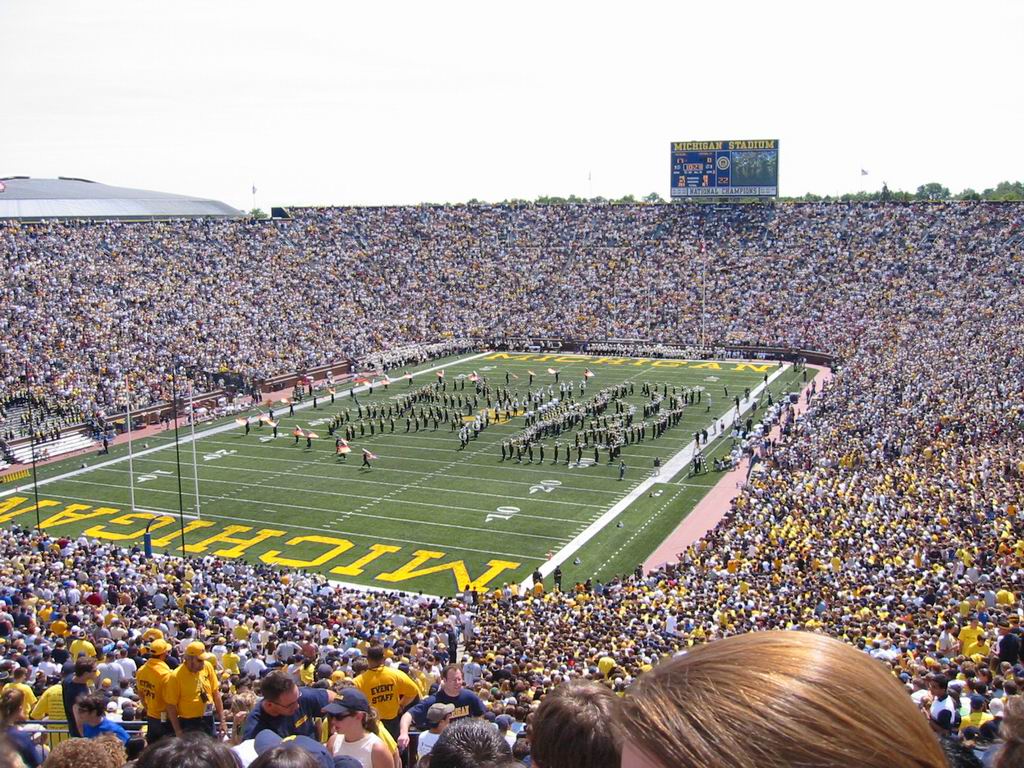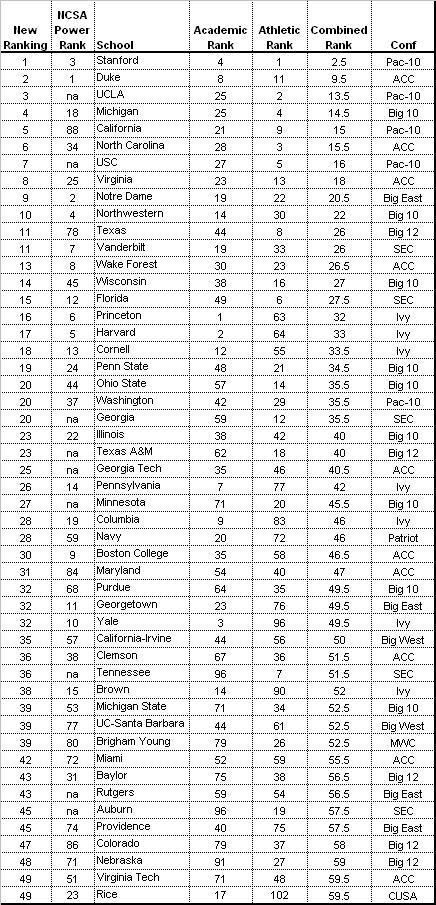Make Your Case: Providence Friars
Posted by nvr1983 on March 5th, 2009As part of our ongoing quest to provide you with the best college basketball coverage in the nation, we have enlisted the help of some of the finest team-specific bloggers on the planet to help us. With the NCAA Selection Show coming up on March 15th there are still several teams on the proverbial “bubble”. We figured it might be interesting to see what kind of nonpartisan arguments these bloggers could make for their team deserving a spot in the NCAA tournament. We welcome any discussion of their arguments and praise or criticism of their reasoning in the comment section. If your team is on the “bubble” and you would like to submit something, please contact us at rushthecourt@gmail.com.
Providence – submitted by Dave at FriarBlog.com.
Right now, the Providence Friars deserve an at-large bid for the NCAA tournament. The big reason? 10 conference wins (possibly 11 if they can knock off Villanova on the road Thursday night) in arguably the “Greatest Conference in the History of the Universe” (or something like that). While it’s true the Friars have a few warts in their computer numbers, it can be argued that they have no bad losses. Providence has done a great job beating all the teams it should have, and have also picked up a few signature wins along the way.
Technically One Bad Loss
The one loss that is going to be consistently brought up come Selection Sunday is the Friars’ first game of the season against Northeastern. However, there is a perfectly cromulent reason for this loss. First off, this was the debut of the new Providence coach Keno Davis, who was bringing an entirely new system to a veteran team who mostly played 3 years under former coach Tim Welsh. Things obviously took some time to gel, and I have no doubt in my mind that PC would defeat Northeastern soundly if they came back to THE DUNK today. Another huge turnaround from how this team performed against Northeastern and early on in the season is a healthy Sharaud Curry.
Rust be Gone
Point guard Sharaud Curry missed all of last season due to a broken foot. In most of the non-conference schedule this year, Curry was clearly not himself. His quickness wasn’t quite there, and he had several poor shooting nights (averaged only 8 PPG shooting shot 30% including 1/8 FG and 2 points versus Northeastern). However in Big East conference play, Curry has arguably been Providence’s MVP. In 17 conference games, Curry is averaging 13.9 PPG, ranks #1 in FT% (87%), #2 in three-point FG% (44%), and #3 in assist/turnover ratio (2.5). A healthy Sharaud Curry clearly makes a difference on this team, which is why the early season non-conference losses should not be so heavily weighted.
The 10 Wins
For most of the Big East season, everyone was quick to point out how Providence had not beaten anyone of note in the conference. However, nobody seems to want to give them credit for what they have done on the road. The Friars are a solid 4-4 away from home in Big East games (with a chance to get to 5 Ws against Nova), beating Cincinnati, Seton Hall, USF, and Rutgers. While those teams aren’t the powerhouses of the conference, winning on the road in the Big East always tough — just ask Georgetown and Cincinnati after last night. Combine that with an amazing win versus #1 Pittsburgh and another big home win against #15 Syracuse, PC has performed very well in the BBBE (Big Bad Big East). They are guaranteed to finish in the top half of the standings, which should count for something.
The Biggest Blemish: RPI
- As of Wednesday morning, Providence has an unsightly 69 RPI ranking. The team is hurt by a few things:
- The aforementioned home loss to Northeastern. As BaseLineStats.com recently posted, “Don’t you dare lose at home: The story of the ‘new’ RPI”
- Playing fellow Rhode Island teams Bryant (#304 in RPI) and Brown (#314) are just murder on PC’s RPI. Throw in another team over 300 (Dartmouth at #310), and the RPI is going to take a big hit.
- I don’t trust RPI as far as I can throw it, but hopefully the committee doesn’t put too much stock into it.
The Friars could also be penalized by their 3-7 record versus teams in the RPI #26-100 (which could surely change in the last two weeks as teams move in and out). Four of those losses came early on during the non-conference schedule. However, a 7-5 record over the last 12 Big East games proves just how different this Friar team is than they were back in November/December.
I think it’s clear that this team belongs.




















































